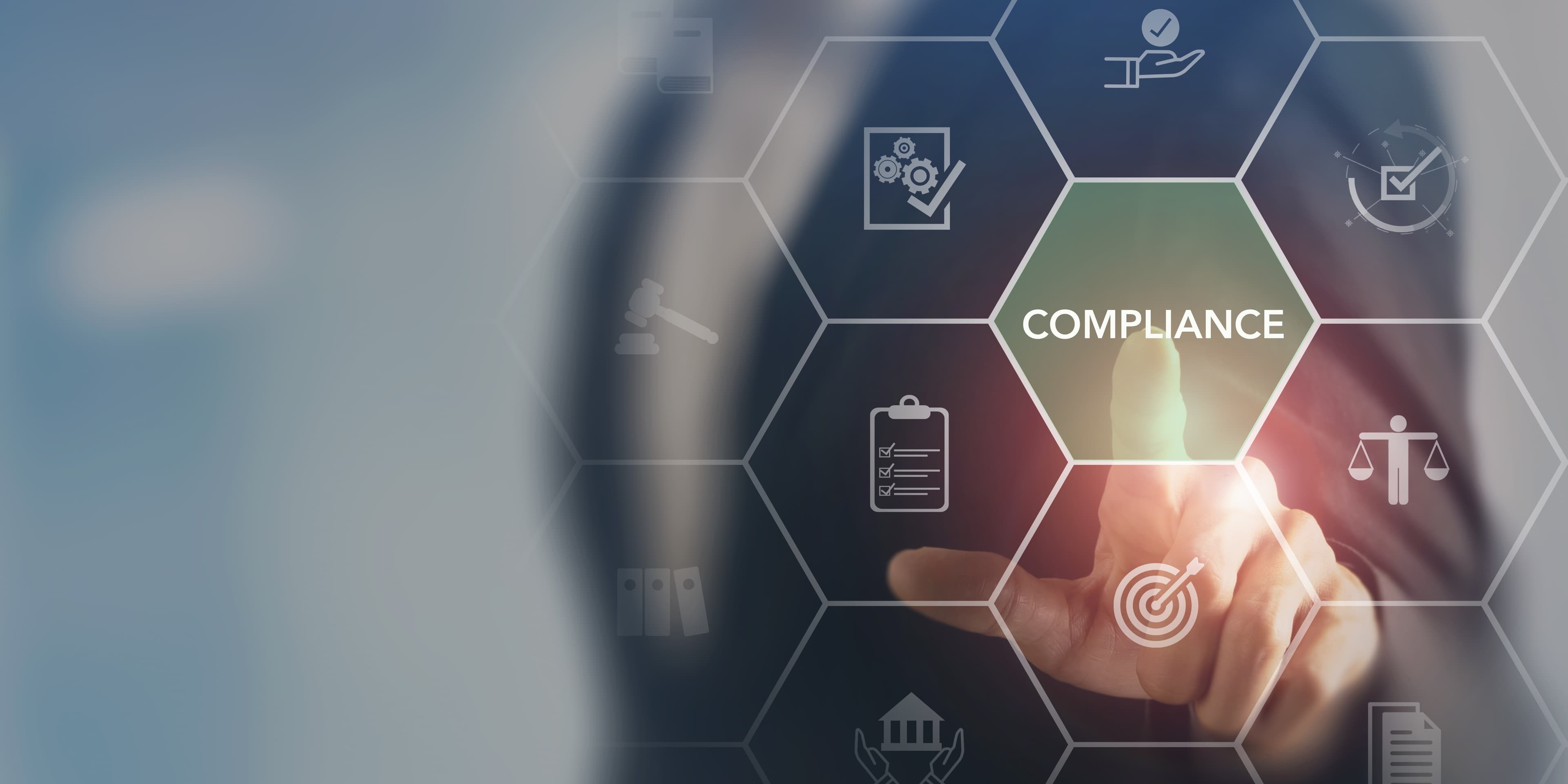

A compliance audit is a formal review that checks if an organization is following all the laws, regulations, and standards that apply to its operations. In IT, this means verifying things like security controls, data protection practices, and access logs against frameworks such as SOX, PCI-DSS, HIPAA, or GDPR. In simple terms, it’s an examination to confirm that your IT environment is playing by the rules set by regulators and industry standards. Compliance audits typically involve external or internal auditors who will inspect policies and evidence (like change logs or security configurations) to ensure everything is in order.
Compliance audits can be tough for IT teams for several reasons:
Complex IT Environments: Modern companies have a mix of on-premises servers, cloud services, and applications. Gathering audit data from all these disparate systems is complicated.
Constant Changes: IT environments are dynamic – users are added, permissions change, new systems come online. Keeping track of every change manually is nearly impossible, yet auditors want to see that every significant change was logged and reviewed.
Resource Intensive: Preparing for an audit without the right tools means weeks of pulling logs, compiling reports, and checking configurations. IT staff often have to drop other projects to focus on tedious audit prep work.
Human Error: With manual processes, there’s always a risk of missing a critical piece of evidence or misconfiguring a setting. Even a small oversight (like an unlogged admin change) can lead to a compliance violation.
Evolving Regulations: Regulations and standards update regularly. IT teams must constantly adjust what they monitor and report on. Staying current with requirements (for example, new GDPR guidelines or updated PCI rules) is a challenge when done manually.
These factors can make audits stressful. However, using the right best practices and tools can greatly ease the burden.
To reduce headaches during audits, smart IT teams follow these best practices:
Maintain Continuous Monitoring: Don’t wait for an annual audit to check your systems. Continuously monitor user activities, access controls, and configuration changes. This way, you catch and fix issues in real time rather than discovering them during the audit.
Implement Automated Auditing Tools: Leverage software that automatically tracks changes and collects logs across your environment. Automation ensures nothing important is missed and saves you from manual data gathering.
Regular Internal Audits: Conduct mini-audits or compliance spot-checks internally (quarterly or monthly). This keeps your team prepared and identifies gaps well before an external auditor does.
Keep Policies and Documentation Updated: Ensure your IT policies (password policies, access control rules, etc.) are up-to-date and reflect current regulations. Also document your processes – auditors appreciate clear evidence that you have a systematic approach to compliance.
Train Your Team: Educate administrators and staff about compliance requirements. When everyone understands why, for example, change management is strict or why they must document certain actions, they are more likely to follow the procedures that make audits successful.
Use Centralized Logging: Have a centralized system or repository where all important logs (from servers, databases, cloud apps) are collected. This not only helps in security monitoring but also provides a one-stop source for audit evidence, making the auditor’s job easier.
Engage Compliance Early: Involve compliance officers or consultants in major IT changes. For instance, if deploying a new application, consult on how to configure it in a compliant manner from the start. This proactive approach prevents surprises later.
By following these best practices, organizations can turn audits from a frantic scramble into a routine process.
Cygna Security & Compliance is a solution purpose-built to make compliance audits far easier for IT teams. Here’s how it helps simplify the process:
Automated Change Tracking: It automatically records every significant change in your IT environment. Whether a user is added to Active Directory, a file permission is changed, or a configuration is updated in Azure, it’s logged. This audit trail means you always have a detailed record ready for auditors, without any manual effort.
One-Click Compliance Reports: The platform comes with pre-packaged reports for common regulations (like SOX, PCI-DSS, HIPAA, GDPR). Instead of creating spreadsheets from scratch, you can generate a report that, for example, shows all user access changes in the past 6 months or all security policy changes in your cloud accounts. These reports are formatted with auditors in mind, covering the key details they expect to see.
Dashboards and At-a-Glance Status: Cygna provides intuitive dashboards that show your current compliance posture. You might see widgets indicating “All systems reporting normally” or flags like “3 unresolved compliance alerts”. These dashboards help you quickly gauge if you’re audit-ready or if something needs attention. Being able to visualize compliance status in real time is a game-changer for busy IT managers.
Real-Time Alerts for Issues: If there’s an action that could jeopardize compliance – say, someone granting themselves administrative privileges or a mass deletion of files – Cygna Labs Security and Compliance will send an instant alert. This notification (email, SMS, or through a dashboard) lets your team respond immediately. Quick response can turn a potential compliance violation into a non-event (for example, by reverting an unauthorized change) well before an audit.
Centralized Audit Log Storage: Cygna consolidates logs from various sources into one secure location. Instead of pulling data from 10 different systems during an audit, you go to one place. This central repository is also tamper-resistant, meaning once data is collected, it’s protected from being altered or deleted – a reassuring fact you can point out to auditors.
Integration with Existing Tools: Already have a SIEM or IT management platform? Cygna Labs Security and Compliance can integrate by forwarding its events to systems like Splunk, or by pulling in context from other tools. This means you don’t have to ditch your current monitoring setup; Cygna will augment it with compliance-specific intelligence. The result is a more unified compliance ecosystem, where everything works together.
By using Cygna Labs Security and Compliance, organizations often find that what used to require frantic preparation can be done in a few clicks. It’s like having an ever-vigilant assistant that organizes evidence for you and even raises a hand when something’s wrong.
Why do we keep emphasizing real-time monitoring? Because it offers several key benefits for compliance and security:
Immediate Issue Detection: With real-time monitoring, nothing slips by unnoticed. If a policy is violated or an unusual activity occurs, you know about it right away. Early detection means problems can be fixed before they escalate.
Audit-Ready at Any Time: Organizations that monitor continuously can honestly say they are “audit-ready” every day. You don’t need special prep for an audit because your system has been keeping you compliant all along. This readiness reduces stress dramatically.
Proof of Compliance: Real-time systems create a continuous log of compliance evidence. You can show an auditor not just a point-in-time snapshot, but a history of compliance maintenance. For example, you can prove that throughout the year you were monitoring access to sensitive data, not just right before their visit.
Reduced Risk of Non-Compliance: Many compliance violations (and subsequent fines) happen because something went wrong and nobody noticed in time. Real-time monitoring slashes that risk by ensuring that if a critical control fails or is bypassed, it’s caught. It’s like an insurance policy – problems are identified and corrected faster, so the chance of a major lapse is much lower.
Efficiency Gains: When you continuously monitor and automate compliance, your team spends less time on manual checks. They receive concise alerts about real issues rather than pouring over logs hoping to spot something. This efficiency means they can allocate time to other important tasks, improving overall IT productivity.
In short, real-time monitoring is the cornerstone of modern compliance management. It transforms the process from reactive to proactive, yielding a stronger security posture and smoother audits.
Q: What’s the difference between an internal and external compliance audit? A: An internal audit is conducted by your own organization (or a hired internal auditor) to check compliance readiness. It’s like a pre-emptive check to catch and fix issues before an official review. An external audit is conducted by an outside party (such as a regulator, certification body, or a client’s auditor) for formal certification or examination. External audits tend to be more formal, and the findings carry official weight (they might result in certifications or, if failed, penalties). Many companies use internal audits as a rehearsal to ensure they will pass external ones.
Q: How often should we perform compliance audits? A: Major external compliance audits are often annual (such as PCI ) or quarterly for SOX audits. However, it’s wise to perform internal audits or at least mini-audits throughout the year. Some organizations do quarterly or even monthly checks on key controls, and continuous monitoring (via tools like Cygna Labs Security and Compliance) runs 24/7. Essentially, continuous monitoring means you’re auditing non-stop in the background, with formal audits serving as periodic milestones.
Q: Can automation completely replace manual effort in audits? A: Automation significantly reduces manual effort but doesn’t eliminate it entirely. You’ll still need people to review alerts, make judgment calls on findings, and interact with auditors. What automation (like Cygna Labs Security and Compliance) does is handle the tedious parts – collecting data, maintaining logs, and even highlighting anomalies. Your team then spends their time on analysis and remediation rather than rote data gathering. In short, automation is a force multiplier for your IT and compliance staff, allowing them to manage audits for complex environments with far less sweat.
Q: How does Cygna Labs Security and Compliance integrate with our existing IT setup? A: Cygna Labs Security and Compliance is designed to be flexible. It has a web-based console that can be accessed from anywhere, and it can pull data from on-premises systems (like Active Directory, Windows servers, SQL databases) as well as cloud services (like Microsoft 365, Azure, AWS). It also supports sending its output to other tools – for instance, you can forward Cygna’s audit events to your SIEM if you have one, or schedule it to email reports to stakeholders. It’s not an all-or-nothing deployment; you can start auditing a critical system first and expand to others gradually. Compatibility and easy deployment were key focuses, so it fits into most enterprise IT ecosystems without hassle.
Q: Which compliance frameworks does Cygna Labs Security and Compliance support? A: Cygna Labs Security and Compliance supports a wide range of compliance standards out-of-the-box. The most common ones include SOX, PCI-DSS, HIPAA, GDPR, FISMA (for U.S. federal systems), GLBA (for financial data privacy), and more. It comes with pre-built report templates for many of these, which means if you are subject to any of these regulations, Cygna already knows what data you’ll need to collect. You can also customize or create new reports if you have company-specific compliance needs or other standards to meet. Essentially, it’s versatile enough to adapt to almost any regulatory requirements thrown at you.
Keeping up with compliance audits can certainly be challenging, but it doesn’t have to feel like a losing battle. By understanding what audits require and using modern solutions like Cygna Security & Compliance, IT teams can stay ahead of the game. We’ve seen that automation, continuous monitoring, and centralized reporting are key to reducing the workload and stress of audits. If your organization struggles with heavy audit preparation or worries about compliance gaps, it may be time to explore tools that simplify the process. Cygna Labs Security and Compliance offers an opportunity to transform compliance from a yearly fire-drill into a streamlined, integrated part of your IT operations. Next steps: consider identifying the areas in your audit process that consume the most time or present the most risk, and see how an automated compliance platform could address them. With the right approach, you can approach the next compliance audit with confidence and solid evidence to back you up – turning audits into just another routine checkmark on your IT management list.